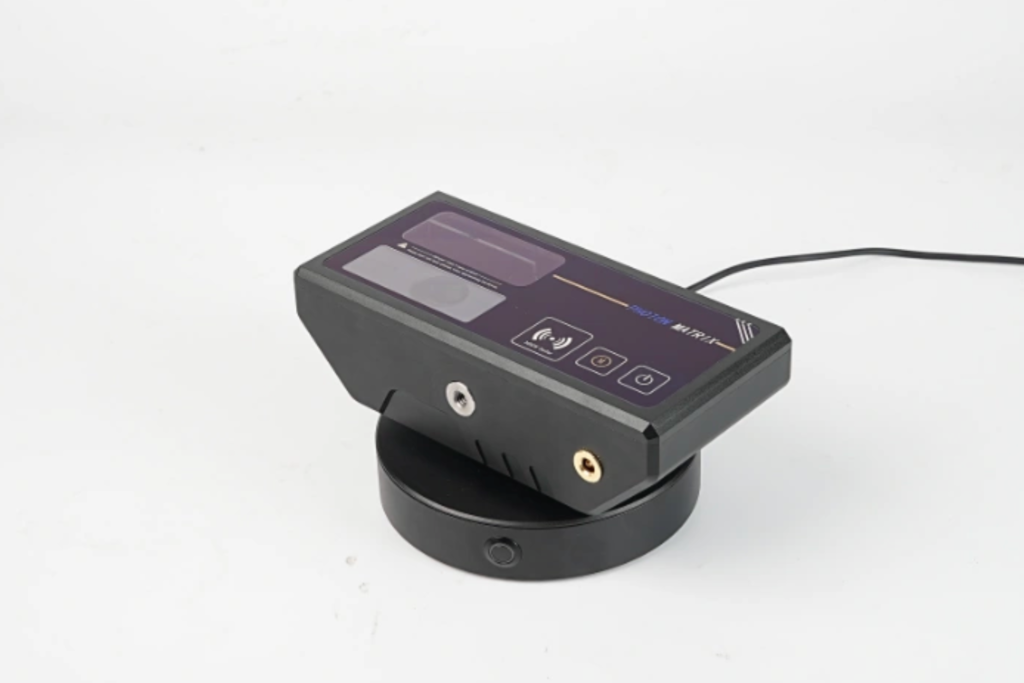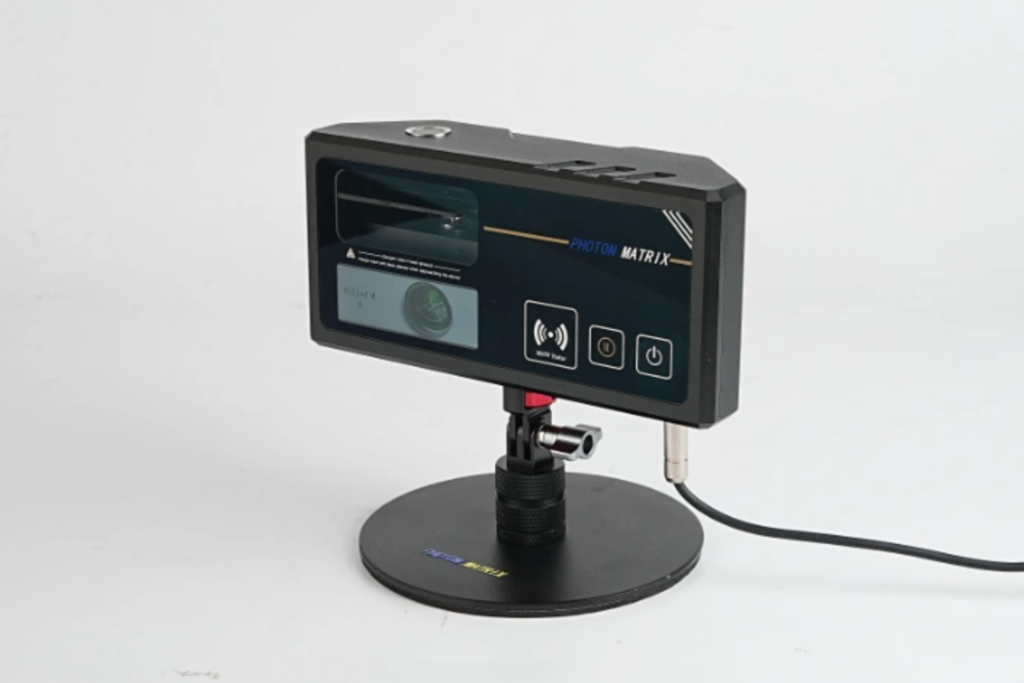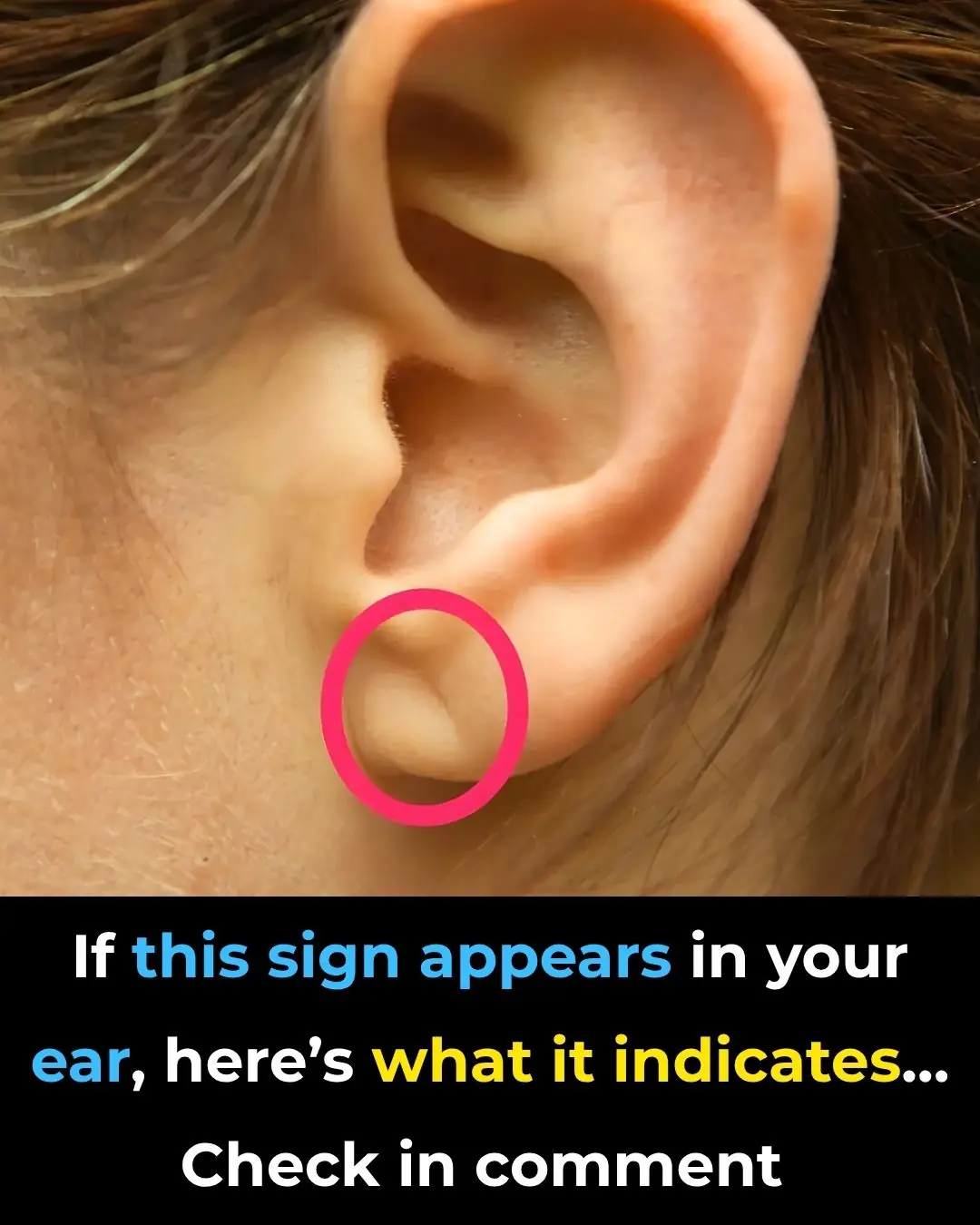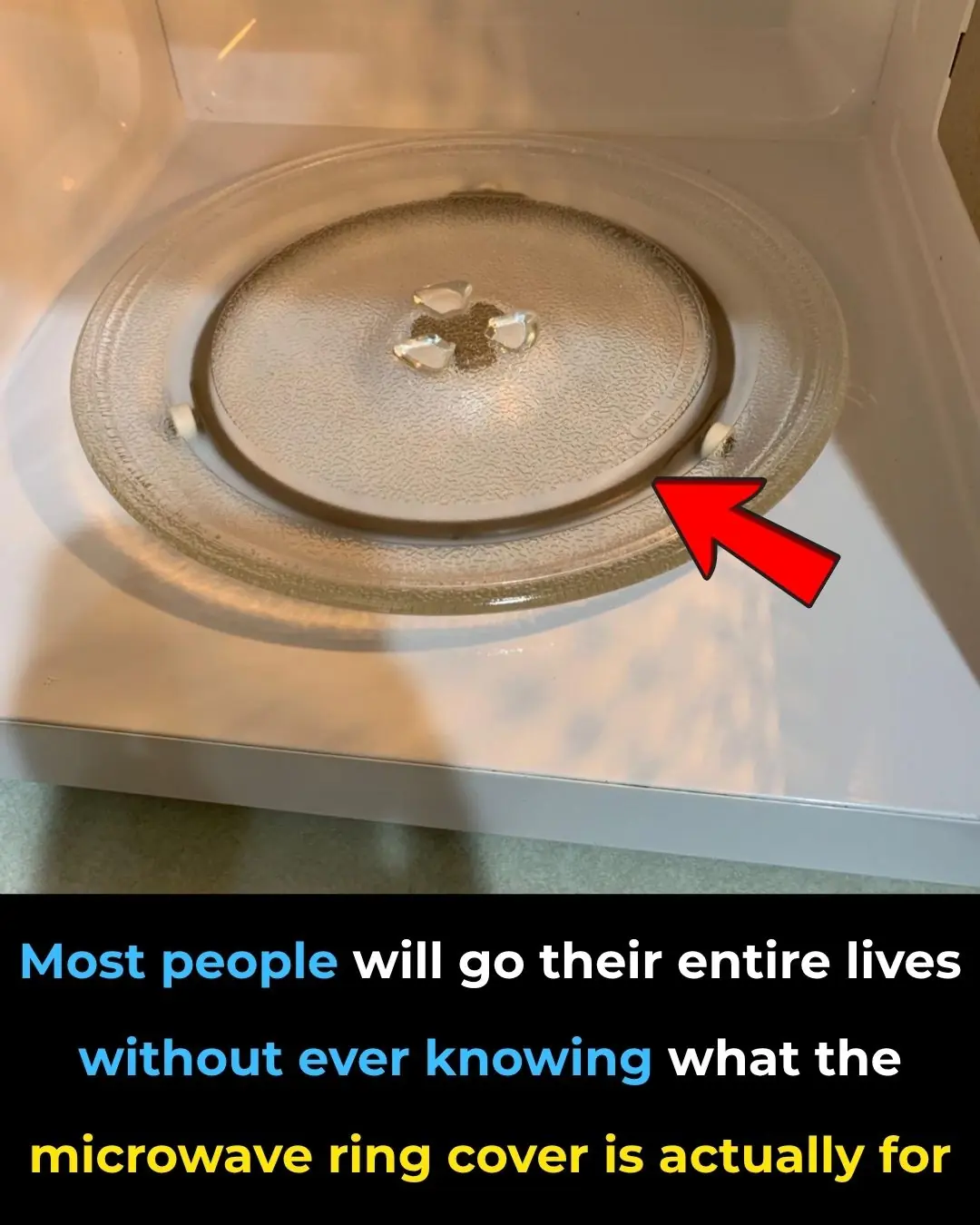
AI Laser Zaps 30 Mosquitoes Per Second from 6 Meters Away

The Laser That Hunts Mosquitoes: How Photonmatrix Turns Sci-Fi Into Reality
For thousands of years, mosquitoes have been among humanity’s most persistent tormentors—spreading disease, interrupting sleep, and ruining countless summer nights. But a new device called Photonmatrix is bringing high-tech precision to this age-old battle. Developed by inventor Jim Wong, the crowdfunded system uses LiDAR-guided lasers—the same sensing technology found in self-driving cars—to detect, track, and destroy mosquitoes in midair.
It sounds like something from Star Wars, but the technology is real—and it could mark a major leap forward in environmentally friendly pest control.
A Star Wars–Style Defense System
At the core of Photonmatrix lies a blend of precision optics, rapid signal processing, and artificial intelligence, all working together to transform mosquito detection into a real-time targeting process. Using LiDAR (Light Detection and Ranging), the device emits invisible pulses of light that bounce off airborne particles. Within milliseconds, the system analyzes the reflections to determine the object’s size, wingbeat frequency, and movement pattern—traits that uniquely identify mosquitoes.
When a target is confirmed, a galvanometer-controlled laser instantly locks on and eliminates the insect mid-flight. The process happens in roughly three milliseconds, fast enough to track even the most erratic mosquito movements.
Unlike chemical repellents or traps that rely on attracting insects, the Photonmatrix operates autonomously and continuously, even in low light or darkness—precisely when mosquitoes are most active. It’s a striking example of how technologies once limited to robotics and autonomous vehicles are being adapted for public health and home environments.
Automation With a Safety-First Design
What sets Photonmatrix apart isn’t only its efficiency—it’s its built-in safeguards. The laser system uses spatial mapping to ensure that its beam engages only with mosquito-sized targets and never with larger objects. Wong emphasizes that safety was central to every stage of the design process.
“It prioritizes safety as its core feature—it’s safe enough and will not harm people, pets, or even distant birds,” Wong explains.
The system’s autonomous precision, paired with its focus on human and animal safety, signals a broader trend: automation designed for coexistence rather than disruption.
Photonmatrix’s Indiegogo campaign reflects this growing enthusiasm. It surpassed its funding goal by over 1,300 percent, demonstrating how eager consumers are for tools that merge safety, innovation, and convenience.
Two Editions, One Mission: Reclaiming the Outdoors

Photonmatrix comes in two models tailored for different settings.
-
The Basic Edition covers a radius of about 3 meters, ideal for patios, balconies, or small indoor areas.
-
The Pro Edition doubles that range to 6 meters (nearly 20 feet), perfect for gardens or open outdoor gatherings.
Priced at $498 and $698 respectively during the campaign (with post-launch prices expected to rise), each unit includes the LiDAR system, a locator base, mounting bracket, power adapter, and cable for flexible setup.
Optional accessories, such as a rotating base for broader scanning, or a 39,200mAh external battery offering up to 16 hours of operation, extend its practicality for off-grid environments.
This modular design reflects Wong’s intent to create a scalable and customizable system—a foundation for future upgrades rather than a one-time gadget. It also recognizes that mosquito exposure varies globally, from tropical regions to temperate backyards, requiring solutions that are both accessible and adaptable.
From DIY Experiments to AI-Driven Defense

The idea of automated mosquito control has evolved dramatically over the past decade. Early projects, such as the Raspberry Pi mosquito tracker (2021) and the Bzigo Iris (2023), proved that flight pattern detection could replace traditional repellents. But these systems merely identified mosquitoes; humans still had to intervene.
Photonmatrix takes the concept further—it doesn’t just detect, it acts. With real-time LiDAR scanning and AI-guided precision, it autonomously eliminates mosquitoes without user input. It represents a clear shift from DIY ingenuity to professional-grade automation.
This leap illustrates a broader transformation in consumer technology: where hobbyist creativity meets engineered reliability. In doing so, Photonmatrix reframes pest control as a hands-free, maintenance-light household tool, signaling how digital automation is quietly reshaping daily life.
Crowdfunding Innovation: Promise and Peril
Photonmatrix’s success story is also a story of modern crowdfunding. By surpassing its original $20,000 target many times over, the campaign highlights public hunger for bold, practical ideas. Yet it also comes with caveats.
As with many crowdfunded products, Photonmatrix is still in the prototype phase. Backers are investing in its potential, not purchasing a guaranteed retail item. Manufacturing, regulatory testing, and global shipping often introduce unforeseen delays.
To Wong’s credit, the project page remains transparent about limitations and testing progress, maintaining trust through open communication. Still, consumers should see crowdfunding as a collaborative investment rather than a simple transaction.
As Tom’s Hardware notes, “Backing a crowdfunded invention is akin to an investment—you believe in the project and want it to succeed.”
Balancing Technology and Ecology
While the idea of a mosquito-zapping laser is undeniably appealing, it also raises important ecological questions. Mosquitoes—despite their reputation—serve limited but genuine roles in ecosystems as pollinators and food sources for other species. Large-scale deployment of such technology could, theoretically, alter delicate ecological balances if not thoughtfully managed.
However, in its current form, Photonmatrix appears designed for localized, small-scale use—in homes, campsites, and outdoor venues—rather than large-scale eradication. Wong’s commitment to safety certifications (including IP68 water resistance) and responsible targeting parameters suggests a conscious effort to innovate without overstepping ecological boundaries.
A Glimpse Into the Future of Pest Control

If Photonmatrix succeeds beyond its crowdfunding stage, it may inaugurate a new category of precision, AI-powered environmental devices. Future versions could integrate species differentiation, allowing the system to target only harmful insects while sparing beneficial ones. Others might include “no-kill zones” or gamified features like mosquito “leaderboards” to engage users playfully.
Such developments point to a future where pest management blends science, software, and sustainability, moving away from toxic chemicals toward cleaner, data-driven methods.
Innovation or Spectacle?
In the end, the Photonmatrix straddles two worlds—the spectacle of futuristic technology and the substance of practical innovation. Its LiDAR precision and AI autonomy capture our imagination, but its ultimate value will depend on how responsibly it integrates into everyday life.
It’s a mirror of our times: a symbol of humanity’s relentless desire to control nature with intelligence rather than force. Yet, it also reminds us that true progress balances ambition with restraint.
Whether the Photonmatrix becomes a household staple or a short-lived novelty, its existence underscores one truth—our battle with mosquitoes is as much about science and ethics as it is about comfort. And for once, it seems the lasers might just be on our side.
News in the same category


Most Attractive Hobby a Man Can Have According to Women

Make Your Sausages Juicier and More Flavorful With This One Simple Step Before Cooking

Don’t Leave Your Phone Charger Plugged In

These Wax Worm Caterpillars Can Eat & Digest a Plastic Bag in Just One Day

What Is Frank’s Sign

Can You See the Hidden Number in This Optical Illusion

Choose a Potion

The Meaning Behind the WC Toilet Sign

Trump Claims Tariffs Ended Six Wars: The Politics Behind His Latest Foreign Policy Assertion

Scientists Catch Grumpy Cat of the Himalayas on Camera for the First Time

Most people will go their entire lives without ever knowing what the microwave ring cover is actually for

The reason behind children not visiting their parents

Backlash Grows After Trump’s Dismissive Comment to Female Journalist

Scientists Just Won a Nobel Prize for Discovering How to Stop Your Immune System from Attacking You

What’s the Reason Behind Painting Trees White?

People Left Disgusted: Shocking Truth About How Crabsticks Are Made

The Purpose of the Overflow Hole in Your Sink You Never Knew

The reason behind children not visiting their parents
News Post

4 types of ornamental plants that easily cause allergies and poisoning in children, parents should consider before planting

Is beef that has iridescent colors like the 7 rainbow colors edible?

🚽 How to Remove Limescale Stains from Your Toilet Bowl — Naturally & Without Harsh Chemicals

7 ways to preserve onions and garlic so they don't mold, rot, or sprout all year long

Squeeze lemon juice into the rice cooker before cooking? Simple operation but surprising effects

Put a bowl of salt in the refrigerator: A small but effective tip that makes me regret knowing it after 30 years

Most Attractive Hobby a Man Can Have According to Women

The Hidden Power of the Hole in Your Kitchen Knife — 7+ Surprising Uses You Probably Didn't Know

Most people will go their entire lives without ever knowing what the microwave ring cover is actually for

10 Morning Habits That Are Surprisingly Harmful to Your Health

6 Effective Drinks to Help Prevent Stroke – Don’t Overlook These Choices

DENTISTS HATE HOW SIMPLE THIS TEETH WHITENING HACK IS

Juniper: A Comprehensive Guide to Its Benefits and Uses

Unveil Colgate’s Secret for Silky-Smooth Feet

Evergreen Huckleberry (Vaccinium ovatum) – Benefits, Uses, and Growing Guide

A 3-Year-Old Boy Got Super Glue in His Eye — His Mother’s “Golden 30 Seconds” Saved His Sight

Growing Concern Over Visceral Fat — Doctors Recommend 9 Foods to Help Burn It Naturally

7 Amazing Health Benefits of Banana Blossoms

Bryophyllum Calycinum (Kalanchoe Pinnata): Benefits and Uses
